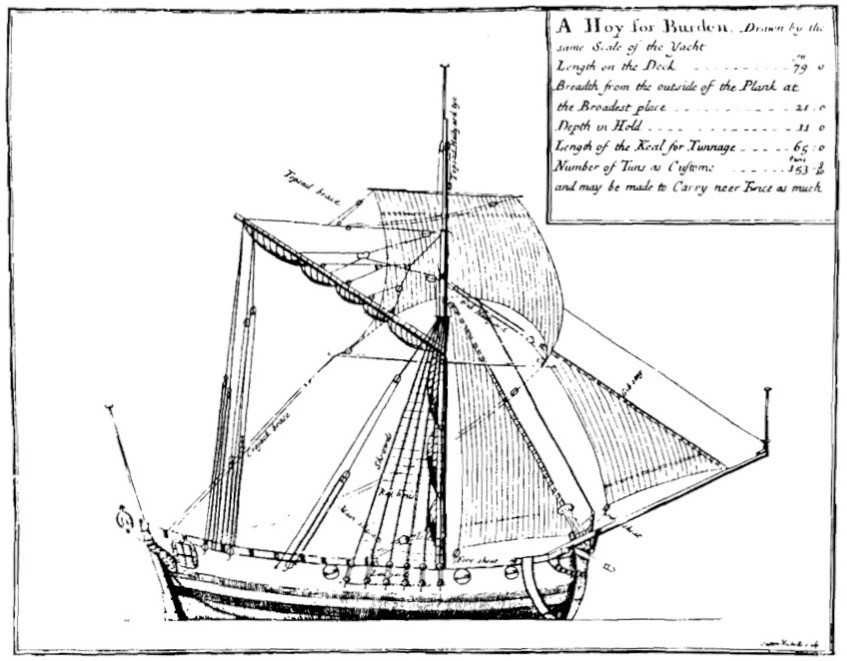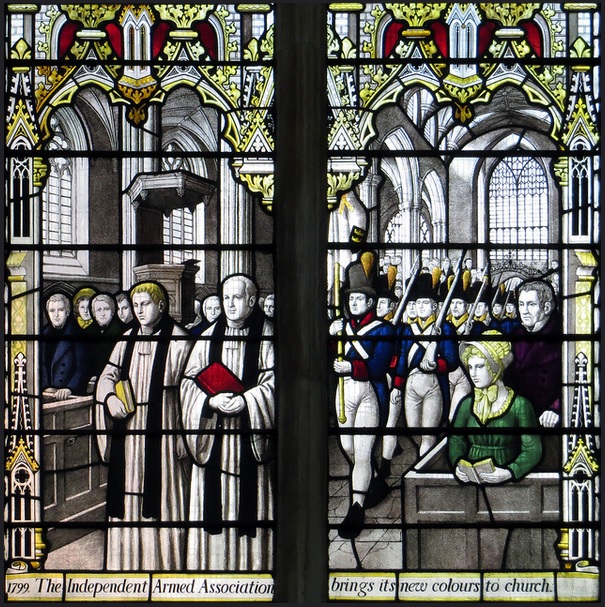Revolutions
Topic 1: Revolutions
The latter half of the 18th century saw a period of social and economic turmoil that erupted into violent revolution and war across the world.
Britain had established a system of regular and militia regiments in the first half of the 18th century, but these needed to be expanded. This was not always popular and in turn caused further unrest.
The French Revolutionary Wars (1792 to 1802) placed further demands on the Lincolnshire regiments both regular and militia, and would have increased the demands for manpower to be taken away from the counties economy.
The east coast of England was subject to raids by French ships, and the admiralty responded by hiring vessels to patrol the coast, outfitting small ships as gunboats and in 1798 forming the Sea Fencibles which were corps of fishermen and sailors tasked with manning shore batteries and defending the coast with muskets and pikes.
18th Century illustration of a small sailing vessel of the type used by the Sea Fencibles (from Britain’s Glory: Or, Ship-building Unvail’d (1717) by William Sutherland)
At this time, a battery of four 24pdr cannon was established at Stallingborough. This was probably set within an earthwork redoubt of some type. A second battery of two guns was established at Killingholme.
At the same time, the first volunteer infantry regiments are raised, with most market towns forming their own contingent. These volunteer forces had their own uniforms, weapons and equipment, often paid for by private subscription. In 1802, following the Peace of Amiens, the volunteer infantry were stood down.
Stained glass window at St Botolph’s church, Boston, showing the volunteer infantry. (Photo: Heritage Trust of Lincolnshire)


